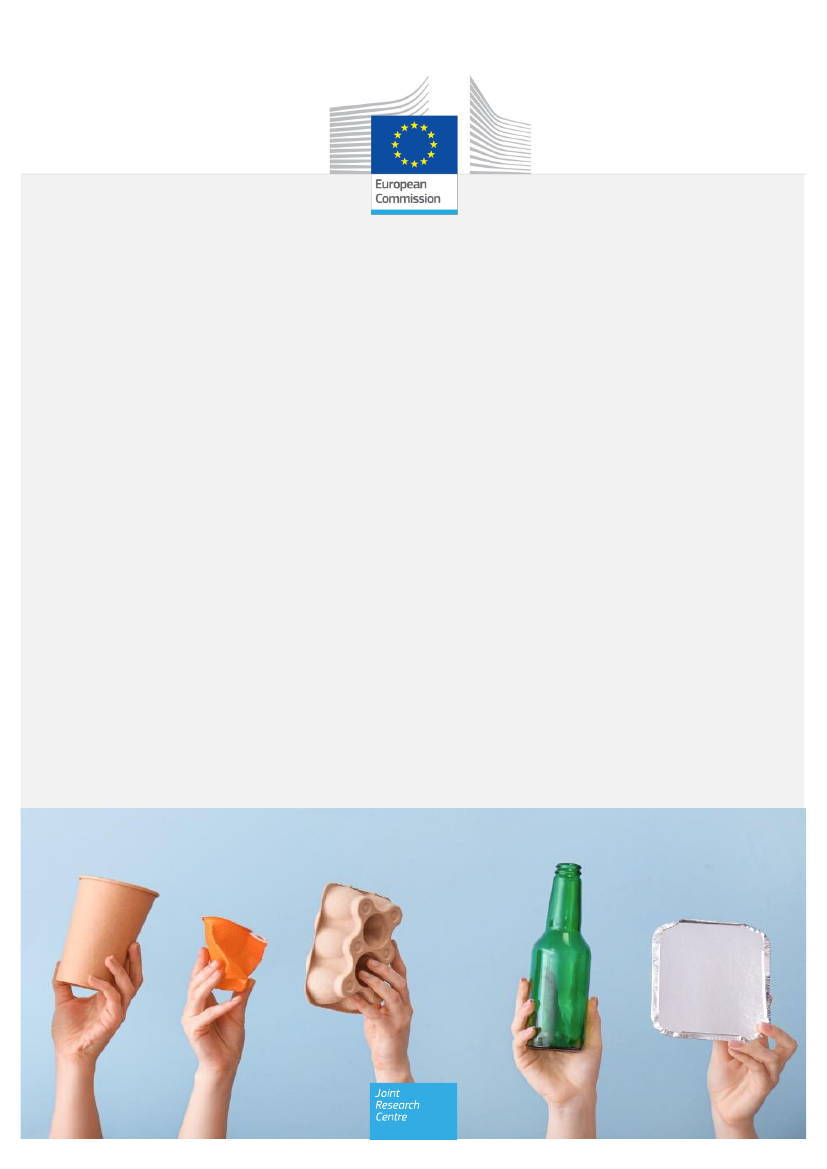
ISSN 1831-9424
Exploring the environmental performance
of alternative food packaging products in
the European Union
Life cycle impacts of single-use and multiple-use packaging
Sinkko, T., Amadei, A., Venturelli, S., Ardente, F.
2024
EUR 31840 EN